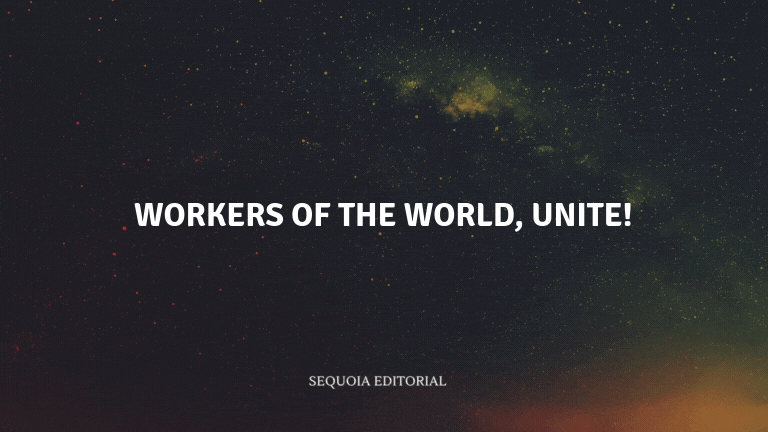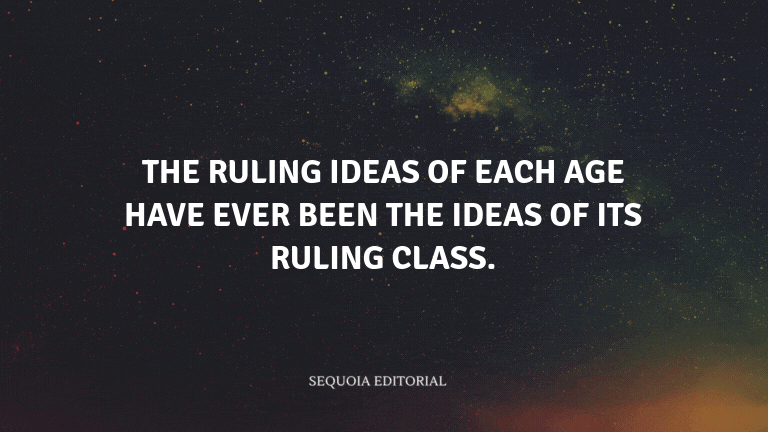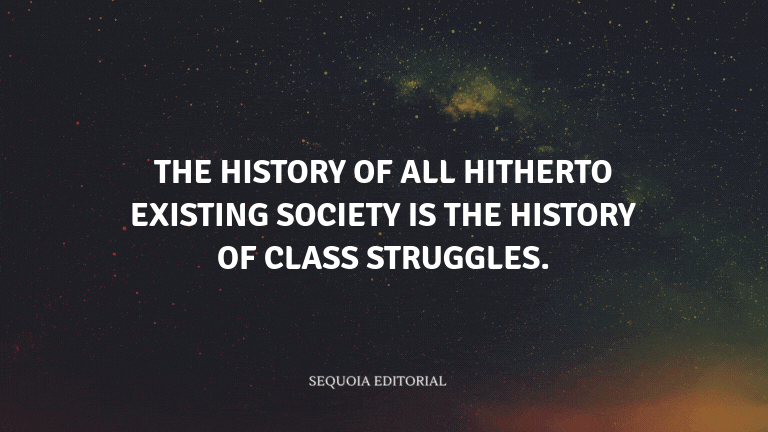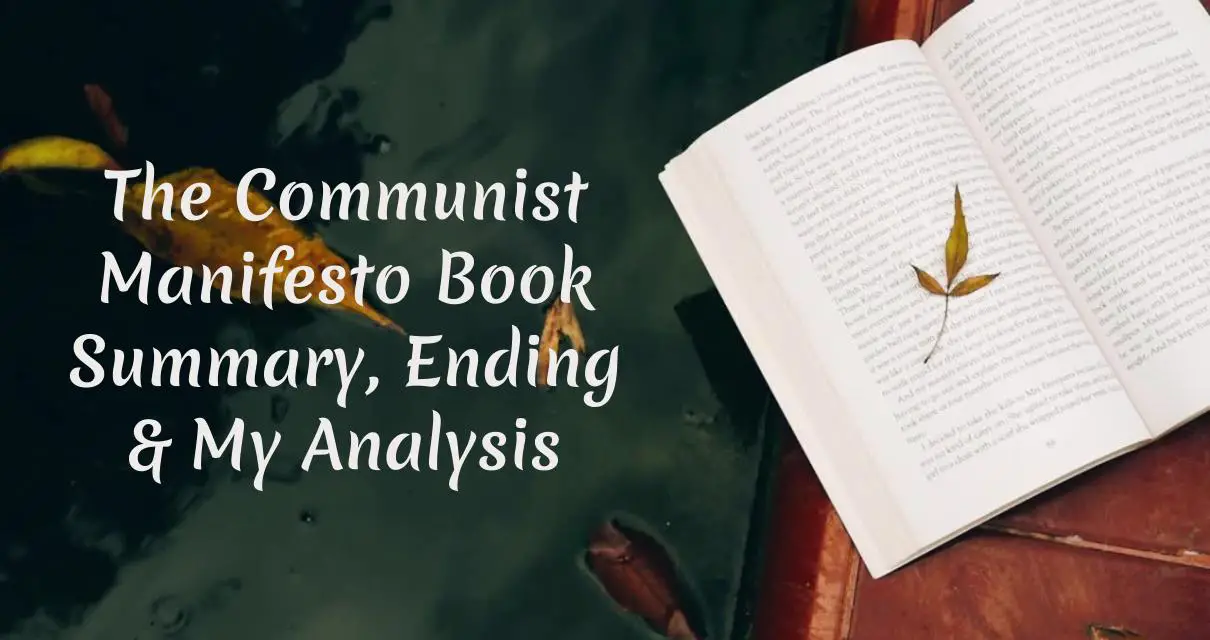The Communist Manifesto is about the political theory of communism. It lays out the objectives of the communist party, its ideology, and the class struggles it perceives in capitalist societies. The book aims to highlight the problems of the working class and proposes a solution through the abolition of private property and the establishment of a classless society.
Table of Content
The Communist Manifesto Book Summary
The Communist Manifesto begins with a powerful assertion of historical materialism, detailing the evolution of class struggle and the rise of the bourgeoisie.
It depicts the stark opposition between the bourgeoisie and the proletariat, the exploited working class. The manifesto outlines the conditions of the industrial working class in the 19th century, characterized by alienation and intense labor.
Marx and Engels describe how the bourgeoisie has shaped modern society through industry and commerce, creating a globalized market and exploiting workers for profit.
The work delves into the concept of private property, declaring it the source of all social ills and advocating for its abolition.
The call for a proletariat revolution is central, as the manifesto presents a vision of a future communist society with no private property, class distinctions, or exploitation.
It discusses the flaws of previous socialist and communist movements, presenting ten immediate measures to be taken after the proletariat's victory.
Marx and Engels critique various rival socialist and communist movements, advocating for the international unity of the working class.
They outline the expected stages of the revolution and the role of the Communist Party in leading the uprising.
The manifesto ends with a rousing call for workers of the world to unite and emphasizes the inevitability of the victory of the proletariat.
It is a powerful and influential critique of capitalism, laying the groundwork for future revolutionary movements and shaping the course of 20th-century history.
The Communist Manifesto Quotes
- Workers of the world, unite!

- The ruling ideas of each age have ever been the ideas of its ruling class.

- The history of all hitherto existing society is the history of class struggles.

The Communist Manifesto Ending Explained
At the end of The Communist Manifesto, the call for a revolution to overthrow the bourgeoisie is unmistakably clear. The authors emphasize the international nature of this call, urging workers from all countries to unite.
The book concludes with a vision of the future, depicting a world where class distinctions have vanished, and where the working class controls the means of production.
Marx and Engels argue that such a society is not only possible, but inevitable, heralding a future where the proletariat has risen to power and established a new social order.
Characters in book The Communist Manifesto
- The Bourgeoisie: The capitalist class that owns the means of production. They are the dominant class in society and exploit the working class for their own gain.
- The Proletariat: The working class, which does not own the means of production and must sell their labor to survive. They are the oppressed class that the manifesto seeks to liberate.
- The Communist: The revolutionary party that represents the interests of the proletariat and aims to overthrow the bourgeoisie and establish a classless society.
- The Petty Bourgeoisie: The class of small business owners and self-employed individuals that stand between the bourgeoisie and the proletariat.
- The Lumpenproletariat: The marginalized and often unemployed underclass that is unable to contribute to the revolutionary cause.
Key Lessons
- Class Struggles Shape History: Throughout history, societal progress and changes are driven by the conflicts between different economic classes.
- Exploitation Is Inherent in Capitalism: The capitalist system relies on the exploitation of the working class for the benefit of the bourgeoisie.
- Workers Have Power in Unity: The working class can only achieve true liberation by uniting as a global force to overthrow the bourgeoisie.
- The End Goal of Communism is a Classless Society: The ultimate aim of the Communist movement is the establishment of a society without class distinctions or private property.
- Change Is Achieved Through Revolution: Meaningful change within a capitalist system is only possible through a proletarian revolution.
My Personal Opinion
Is The Communist Manifesto worth reading? Absolutely yes, I found it to be a thought-provoking and historically significant work.
I was fascinated by the powerful critique of capitalism and the lucid argumentation for a classless society. However, I found the somewhat deterministic view of history to be a point of contention. The book's call to action for a proletarian revolution is inspiring, but its practicality and implementation are subject to much debate.
I would recommend this book to readers who are interested in political theory, economic systems, and social justice. It is a foundational text that has shaped modern political thought and continues to influence contemporary debates about capitalism and socialism.

